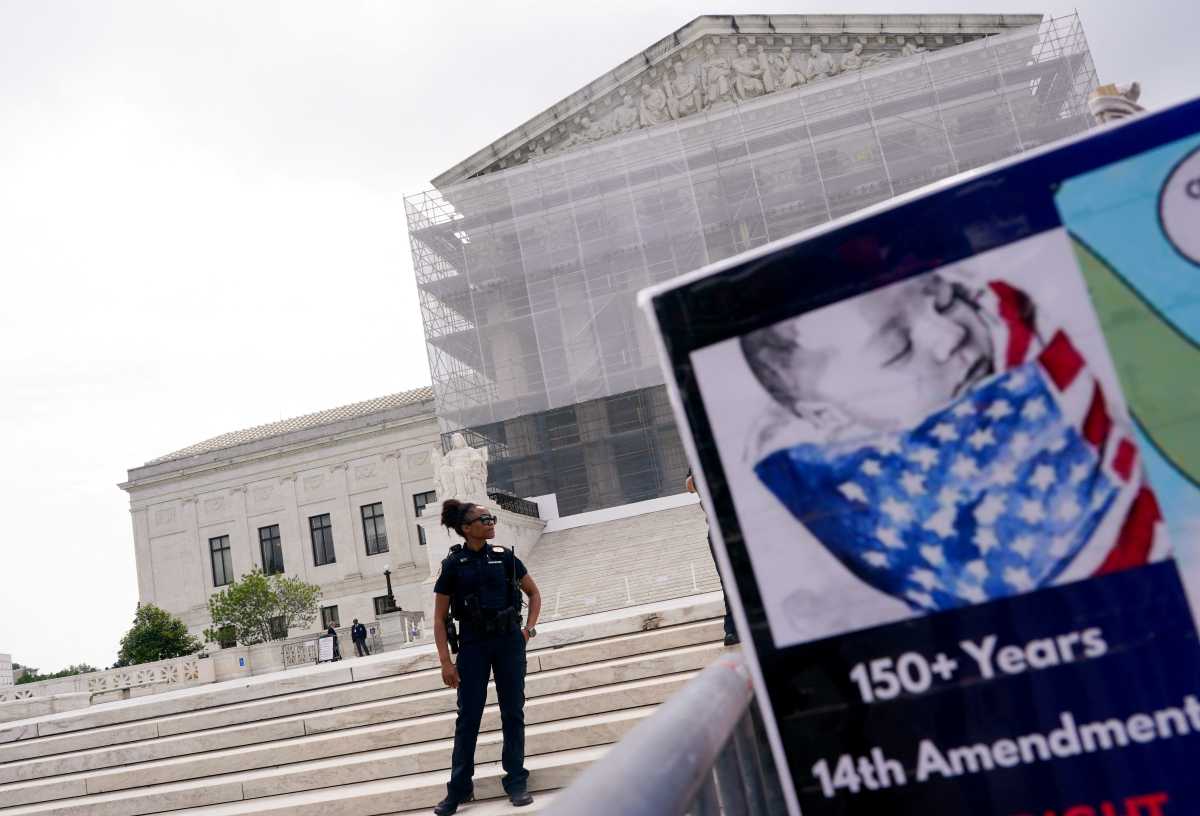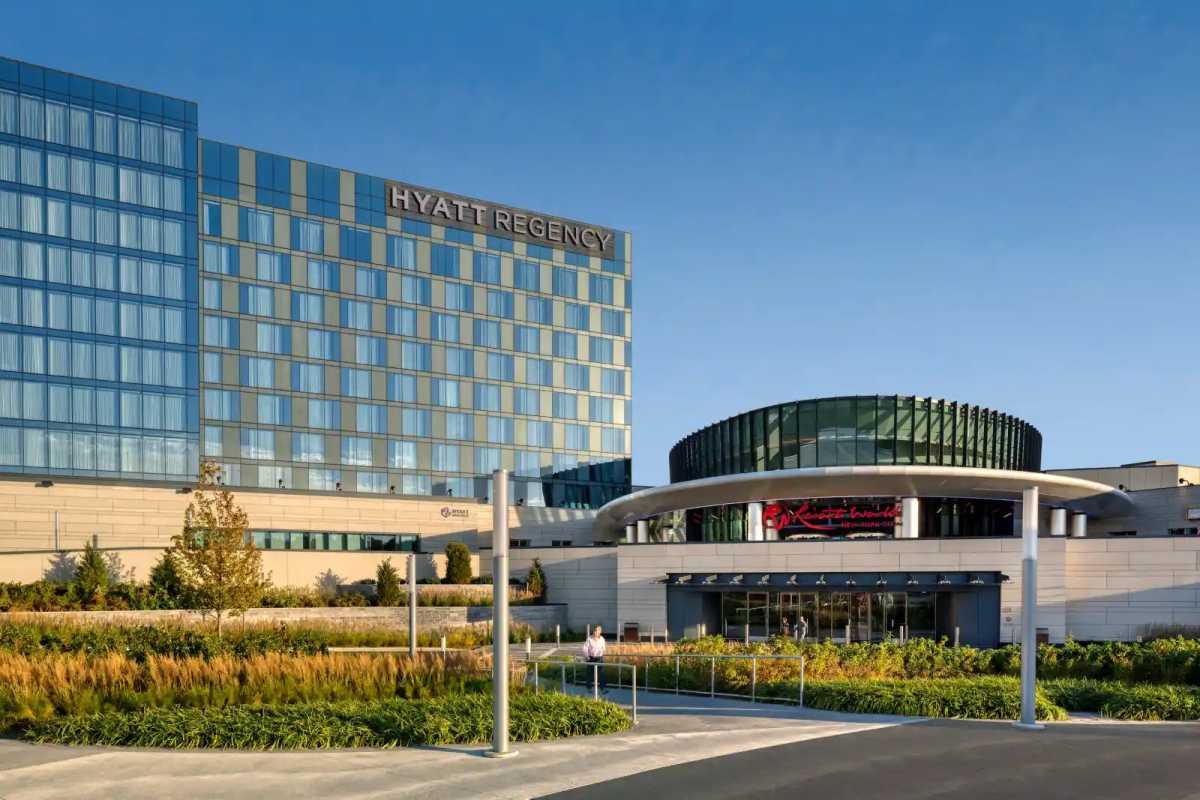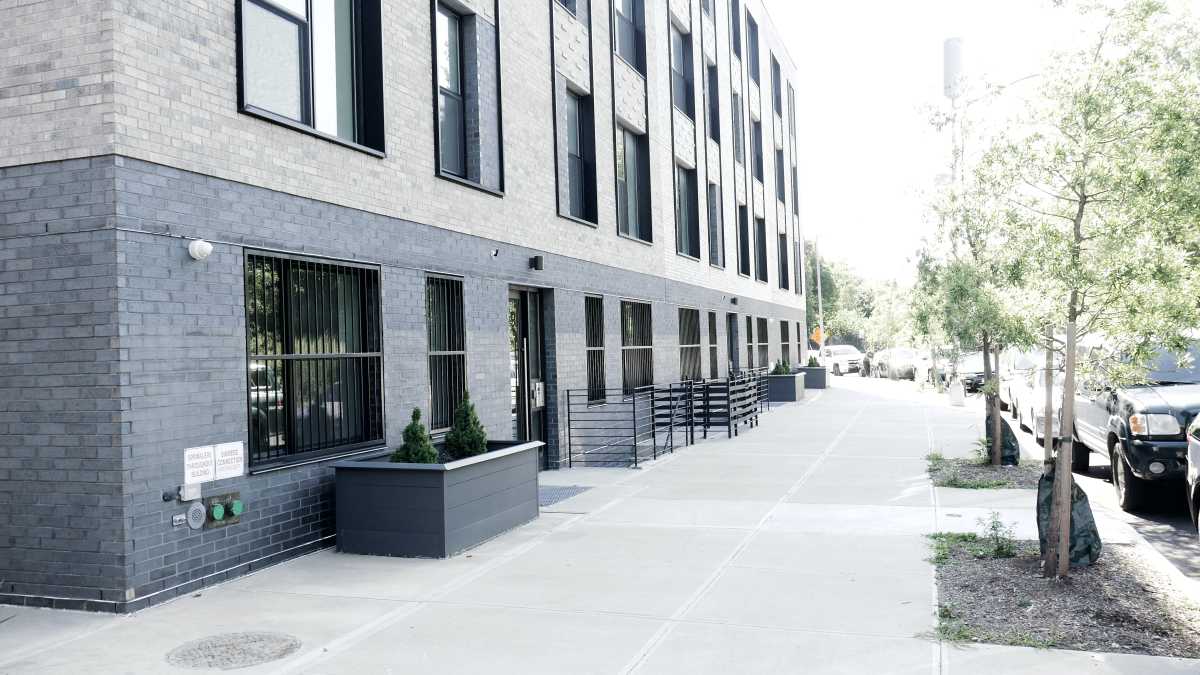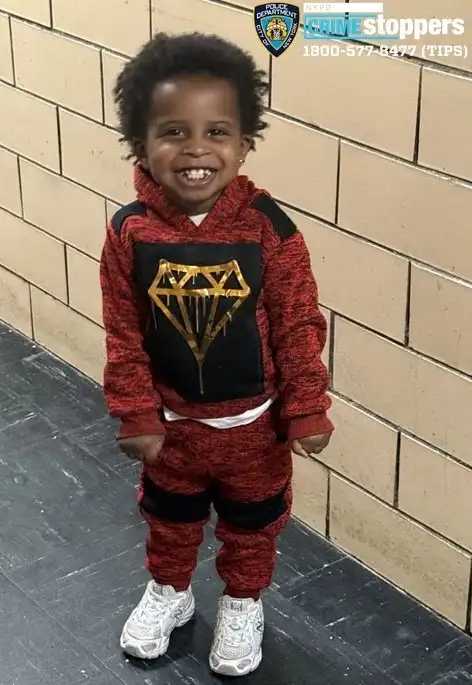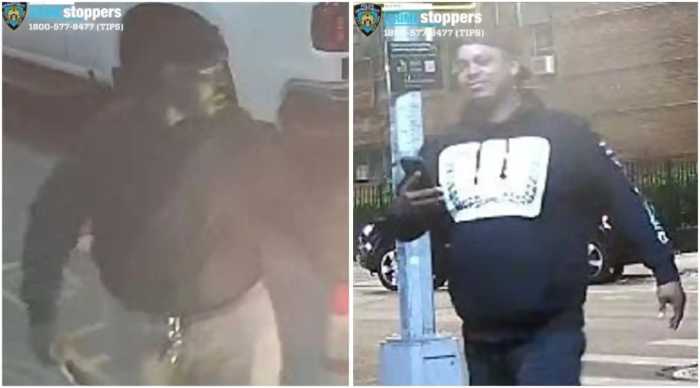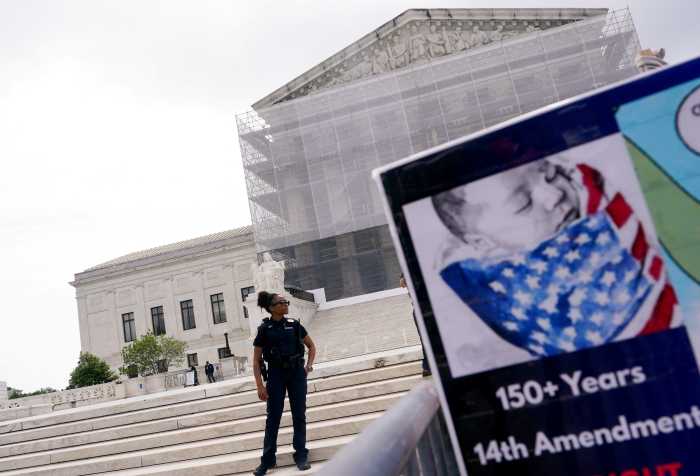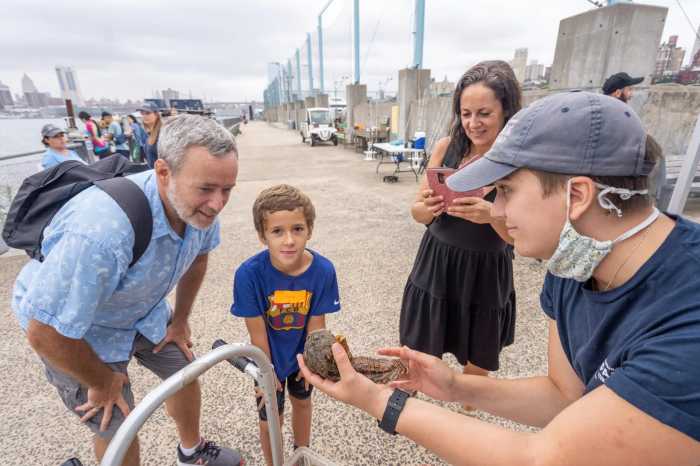The NYPD has locked out emergency medical crews from police radio communications, putting both police officers and EMS first responders at risk, EMS union leaders say.
The department began radio encryption in July 2023, but failed to accommodate Emergency Medical Service technicians and paramedics who have historically had direct communications with police. Shutting out these first responders from NYPD communications, the union leaders argue, flies in the face of federal mandates which call for “interoperability” between emergency services providing critical information to all emergency workers.
At present, all police communications in Brooklyn, Bronx, and Staten Island have been encrypted, making it impossible for anyone with a standard scanner radio to monitor operations. Both Citywide Special Operations and the NYPD Highway Patrol are slated to go encrypted soon, according to NYPD insiders; these moves would lock out EMS, the media and the general public.
EMS has had access to police frequencies for decades. The press has had access to those frequencies for more than 90 years.
An ‘incomprehensible’ move
Interoperability became a mandate after the Sept. 11, 2001 terrorist attacks, when 343 firefighters and 58 police officers were killed in responding to the carnage at and collapse of the World Trade Center. Communications between the services was limited during that operation, putting many more first responders in danger.
Vincent Variale, president of the EMS Officers Union Local 3621, called it “incomprehensible” as to why the NYPD would encrypt precinct radios before making sure all first responders maintained communications. Variale maintains that both police officers and emergency medical personnel are put in peril because of the communications lapse.
Variale first made his complaints on Jan. 5 to online publication “WorkBites.”
“Nobody but the police can have access to encryption codes in radio and this jeopardizes our safety – cops were using it to give an exact location when hurt or shot – we would get there faster,” Variale said. “A unit working a neighborhood would hear, ‘hey I’m shot and would get there faster. Now we have to wait until assigned. FDNY is still fighting to get access, but they are not doing it. They don’t say when – it’s, clear don’t want to do it.”
In addition, Variale said having radios allowed responders to know what they were going into, whether it was an active shooter, hazardous materials incident, or some other danger including a terror attack.
“Now it’s more time consuming and puts us in danger,” Variale said. “When we could monitor police radios, there could be a shooting and we could prepare ourselves and avoid getting shot. It also adds time to respond to a police officer in trouble, whereas we were able to talk to the police. We’d hear building 309 still hot, we would go in more safely. Now don’t have an option.”
‘Nervous’ over being shut out
Oren Barzilay, president of local 2507 of emergency technicians and paramedics agree with Variale, saying “my members are now nervous without police access.”
“I don’t understand how this was acceptable,” Barzilay said, referring to the 9/11 Final Report that told of failures of communications between the various first responders. “Interoperability was part of that report, but this is a reversal of policy for saftey of agencies working in collaboration members. Our members don’t know what they are walking into. We used to communicate directly with police and that would save minutes. Now there is delays in transmitting emergencies, where as our distpatcher didn’t have to call their dispatcher – that takes time.”
“I remember when in I was in the field, you felt much more safe knowing police were on your radio, to respond immediately – it was reassuring and made you feel safe when we had access to police radios. We placed our complaint with the department on this, but nothing has happened – everything brushed off. The NYPD continues to encrypt don’t include us and that’s a shame. The cops would ask if EMS was on the air, but not anymore.”
FDNY Deputy Commissioner James Long agreed.
“It’s all being worked out, but I don’t know where it is in process,” Long said, adding, “I can’t disagree.”
Variale wondered aloud what the Police Benevolent Association (PBA) felt about this issue.
“I know they (the PBA) are concerned about the safety of their members as well as that of other agencies,” Variale said.
The PBA issued a statement from its president, Patrick Hendry: “In any emergency, police officers need to have seamless communication with all of the personnel on the scene, including Fire and EMS. The NYPD needs to come up with a solution that gives our fellow first responders the access that they need to these radio frequencies.”

Mayor Eric Adams continues to insist that encryption is vital to police safety, but also said “something would be worked out in the future.” Chief of Information Technology Ruben Beltran said at a recent budget hearing that there were “operational reasons and real concerns for security” that require the radio transmissions to be encrypted. He told the Council that the NYPD made 55 arrests in 2023 for unlawful possession of radio devices, and read off a list of arrested suspects. None of those were members of the media.
Chief Beltran has since been replaced by Yisroel Hecht.
The NYPD previously said three citywide channels would remain open, though none of them provide breaking news. In addition, transit radios would remain digital but not encrypted because of technical difficulties in the subway system.
The NYPD issued this statement:
The NYPD is providing local EMS access to encrypted channels via an approved MOU (memorandum of understanding). All EMS, as well as contracted hospitals that provide EMS coverage fall under the FDNY MOU. Please be referred to the FDNY.
The Mayor’s office did not comment to amNewYork Metro for this story before publication.
Variale added, “The city is just not doing anything that makes sense any more with response times through the roof, nobody doing anything about it. Aren’t we getting taxed enough?”
Press locked out of radios
The NYPD continues to encrypt police radios throughout the city under a nearly billion dollar modernization program, maintaining that encryption protects officers from criminals using their communications to commit crimes and endangers police. This leaves members of the media to ponder how they will cover breaking news.
Despite several public information commissioners saying that the press would get access, no plan currently exists to allow the press to monitor communications, creating a large gap in police transparency and damages the public’s right to know what is happening in their communities.
Currently, the NYPD sends notifications to members of the media through emails, most of the time six hours later, sometimes days later or at times, not at all.
State legislators are sponsoring a bill in Albany called the “Keep Police Radio Public Act” to prevent the NYPD and other police departments from shutting the press out of police radio access amid encryption efforts.
State Senator Michael Gianaris (D-Queens) sponsored the bill in the State Senate, where it passed last June, but it ran out of time in the Assembly at the end of session. Assemblymember Karines Reyes of the (D-Bronx) has promised to reintroduce the bill in the Assembly in the 2025 session where it has already received several New York City based sponsors.
Recently, members of the News Guild, part of the Communications Workers of America, proclaimed support for the bill, citing damage to transparency and the need for press access. They joined a chorus of support that includes the New York Media Consortium, a group made up of eight press organizations, both print and television.
Most elected leaders have expressed dismay with the NYPD for denying the media access to communications, but have done little to stop the process. The City Council provided more than $100 million in funding towards the radio modernization program that includes equipment, batteries, repeaters, radios and the personnel to make it happen.
Bruce Cotler, president of the New York Press Photographers Association, said he is ready to fight for legislation to maintain access to police radios.
“Long delays by the NYPD reporting crimes via email and social media mean that by the time the press arrives on scene, victims and witnesses are gone, videos are embargoed, and visual evidence of a crime having occurred are scrubbed from the crime scene,” Cotler said. “We understand about officer safety, but the public has a right to know of dangerous situations and incidents that occur in their community. For this reason, we will continue our efforts to pass legislation in the state legislature to give the press access to police radios to maintain this important checks and balances.”
Read More: https://www.amny.com/politics/















